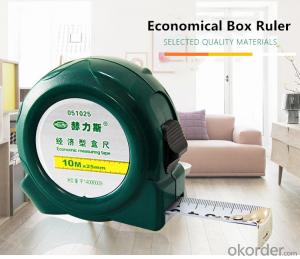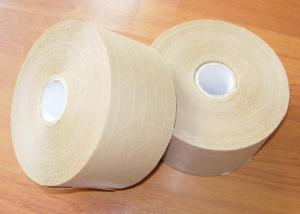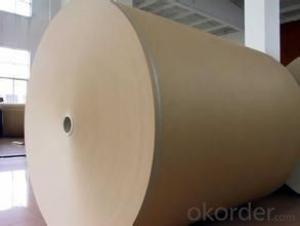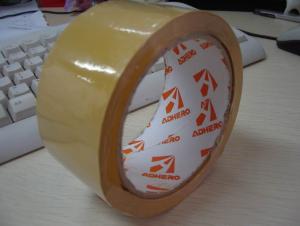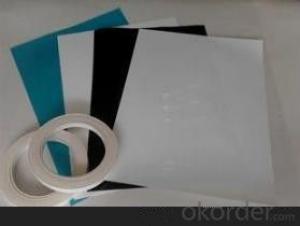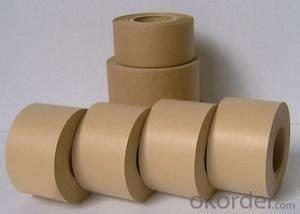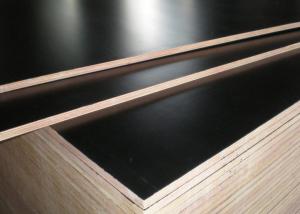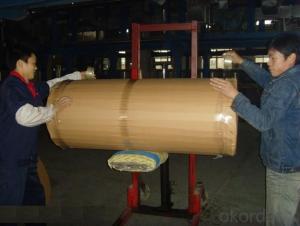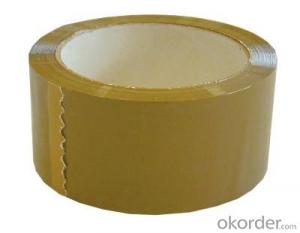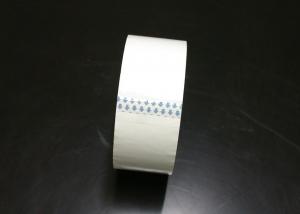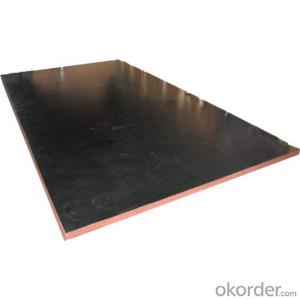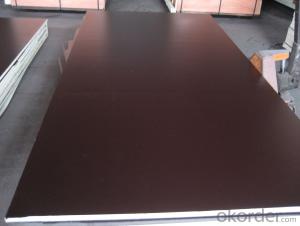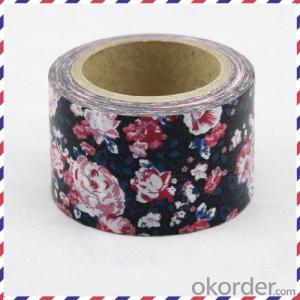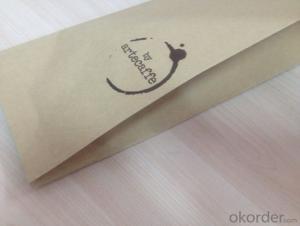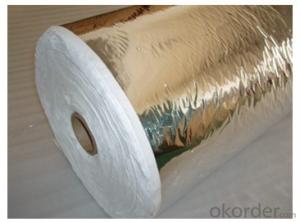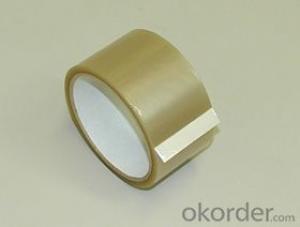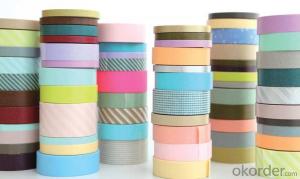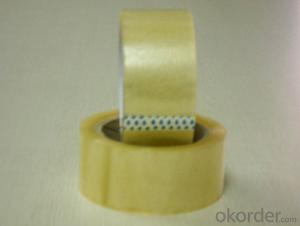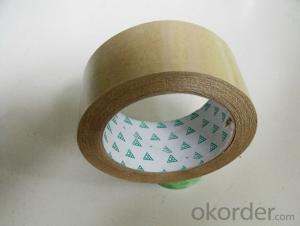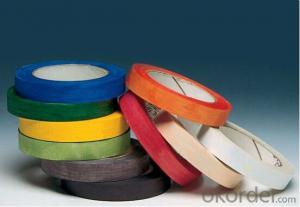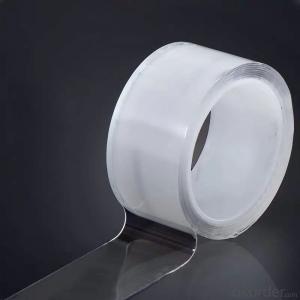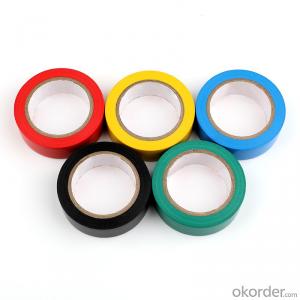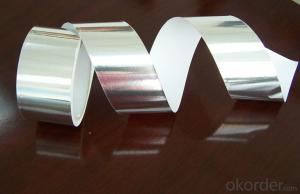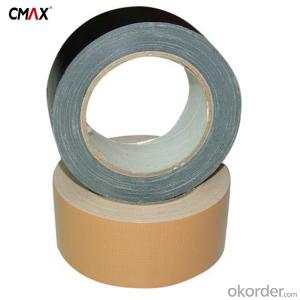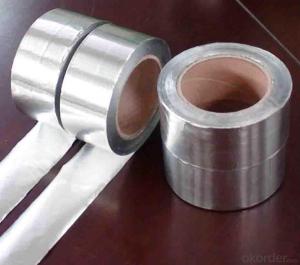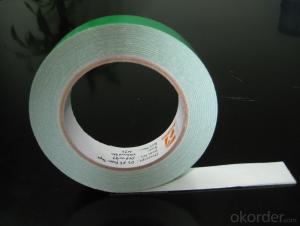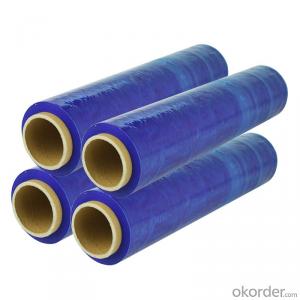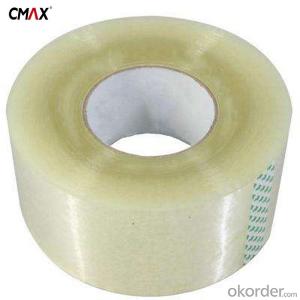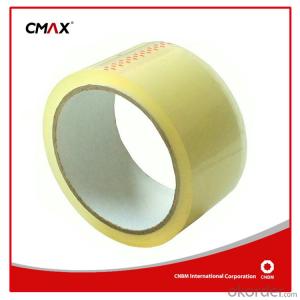Brown Paper Packing Tape
Brown Paper Packing Tape Related Searches
Led For Cannabis Growing Marketplace For Construction Materials Kst Values For Common Dusts Bedside Table With Light Light Fixture With Chain Plastic Storage Tubes With Caps Ge Dehumidifier With Pump Gas Furnace With Ac Teal Accent Chair With Arms Nightstand Lamp With UsbHot Searches
Hdf Board For Sale sintra board for sale Gypsum Board Price Per Sheet In India High Density Mdf Board Suppliers 5 8 Type X Gypsum Board Price Lasani Wood Sheet Price Polyurethane Insulation Board Price White Melamine Board Price Black Melamine Board Price Mdf Price Per Sheet Pre Laminated Board Price List 4Mm Mdf Sheet 1220X2440Mm Price 6Mm Mdf Board Price 18Mm Ply Board Price Ply Board Price List Partex Board Price List Hdf Board Price India 19Mm Ply Board Price Hpl Board Price Magnum Board PriceBrown Paper Packing Tape Supplier & Manufacturer from China
Okorder.com is a professional Brown Paper Packing Tape supplier & manufacturer, offers integrated one-stop services including real-time quoting and online cargo tracking. We are funded by CNBM Group, a Fortune 500 enterprise and the largest Brown Paper Packing Tape firm in China.Hot Products
FAQ
- No, packaging tape should not be used for sealing electrical or wiring components. Packaging tape is not designed to provide insulation or protection against electrical currents. It lacks the necessary properties to ensure the safety and reliability of electrical connections. It is important to use appropriate electrical tape or other specialized materials that are specifically designed for sealing and insulating electrical components.
- The benefits of using transparent packaging tape include clear visibility of the contents of the package, easy identification of any tampering or damage, professional appearance, and the tape's durability and strength for securing packages effectively.
- Yes, packaging tape is safe to use on plastic cutting boards. It provides a secure and durable sealing solution that effectively holds the plastic cutting boards together.
- Packaging tape often comes accompanied by a dispenser, aiming to facilitate and optimize the application of the tape onto packages. The dispenser is usually equipped with a handle, granting you the ability to firmly grasp and manage the tape while sealing boxes or packages. This eliminates the necessity of manually cutting the tape, as well as prevents any entanglement or wastage. However, it is crucial to acknowledge that not all packaging tapes are bundled with a dispenser. Some tapes may require separate purchase, whereas others may be conveniently offered as a set, inclusive of the dispenser. It is always advisable to consult the product description or packaging for confirmation regarding the inclusion of a dispenser alongside the packaging tape.
- Packaging tape has been engineered to stick effectively to a wide variety of surfaces, including those that are non-porous. When it comes to non-porous surfaces like glass, metal, plastic, or sealed wood, their smooth and impermeable nature can pose a challenge for adhesives to adhere properly. However, packaging tapes are specifically crafted with strong adhesive properties that enable them to perform efficiently even on non-porous surfaces. Once applied to a non-porous surface, packaging tape creates a strong bond thanks to its high tackiness and cohesive strength. The tape's adhesive is specially formulated to possess excellent adhesion properties, guaranteeing a dependable seal. It adheres firmly to the surface, establishing a secure bond that resists peeling or lifting. Furthermore, packaging tapes often feature special attributes like acrylic or hot melt adhesives, which further enhance their performance on non-porous surfaces. Acrylic adhesive tapes are renowned for their exceptional initial tack, rapid adhesion, and long-term durability. They can withstand changes in temperature, humidity, and exposure to UV radiation, making them suitable for a variety of environments. On the other hand, hot melt adhesive tapes offer superior bonding strength and are perfect for heavy-duty applications, ensuring a robust hold on non-porous surfaces. Additionally, packaging tapes are typically constructed from durable materials such as polypropylene or polyester, which are resistant to tearing or stretching. This further enhances their performance on non-porous surfaces, as they can endure the rigors of shipping and handling without compromising their adhesive properties. In conclusion, packaging tape is specifically designed to excel on non-porous surfaces. Its strong adhesive properties, specialized adhesive formulations, and durable materials allow it to create a dependable seal on surfaces like glass, metal, plastic, or sealed wood. Whether it's for packaging, shipping, or general use, packaging tape is a reliable choice for securing items on non-porous surfaces.
- Packaging tape performs relatively well on rough or uneven surfaces. Its adhesive properties allow it to adhere to various textures, including those that are not completely smooth. However, it may not maintain the same level of adhesion as on smooth surfaces, so it is important to ensure proper application and pressure for optimal results.
- Yes, packaging tape is generally resistant to moisture and humidity. It is designed to provide a secure seal and protect packages from water damage or humidity-related issues.
- There are several adhesive options available for packaging tape, each with its own unique characteristics and suitability for different applications. 1. Acrylic adhesive: This is the most common type of adhesive used in packaging tape. It offers good adhesion to a wide range of surfaces and has excellent clarity, making it ideal for transparent or light-colored packaging. Acrylic adhesive also provides a long-lasting bond and performs well in both hot and cold temperatures. 2. Hot melt adhesive: This type of adhesive is formulated to provide an instant and strong bond. It has a high initial tack and excellent holding power, making it suitable for heavy-duty applications or sealing boxes with rough or recycled surfaces. Hot melt adhesive is also resistant to aging and performs well in extreme temperatures. 3. Natural rubber adhesive: This adhesive offers excellent adhesion to a variety of surfaces, including recycled materials. It has a high level of tackiness, which ensures a secure bond even on challenging surfaces. Natural rubber adhesive is also resistant to UV light and aging, making it a good choice for long-term storage or outdoor use. 4. Synthetic rubber adhesive: Similar to natural rubber adhesive, synthetic rubber adhesive provides strong adhesion to a wide range of surfaces. It offers good resistance to aging, moisture, and temperature changes, making it suitable for various packaging applications. 5. Solvent-based adhesive: This type of adhesive is known for its high initial tack and excellent bonding strength. It provides a quick bond and performs well on challenging surfaces such as corrugated cardboard or recycled materials. However, solvent-based adhesive may emit strong odors and require additional safety precautions during use. When choosing an adhesive option for packaging tape, it is essential to consider factors such as the type of packaging material, surface conditions, environmental conditions, and specific requirements of the application. Consulting with adhesive manufacturers or suppliers can help determine the most suitable adhesive for your packaging needs.

